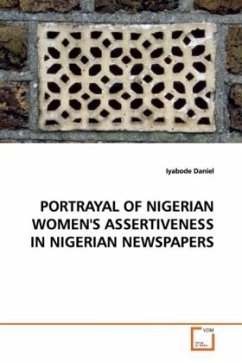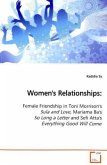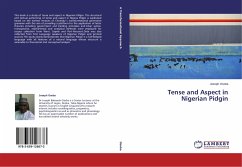The discursive involvement of women in the question
of their disempowerment in Nigeria has not been
adequately treated. This book consequently looks at
the assertiveness content of Nigerian women s
linguistic and pictorial self-representation in
Nigerian newspapers. It assessed the women s
empowerment level over a decade after the 1995
Beijing Conference. At the conference, the mass media
was accused of habitually misrepresenting women,
linguistically and pictorially, to perpetuate the
perceived oppressive patriarchal order. Critical
Discourse Analysis was used to broadly interrogate
women s power location in the Nigerian newspapers. It
found that the women appeared linguistically and
pictorially self-assertive, while their underlying
cognition seemingly indicated consent to patriarchal
hegemony. Women are thus found to be key contributors
to their continued non-empowerment through negative
linguistic and pictorial self-representations that
suggested their acceptance of the patriarchal status
quo .
of their disempowerment in Nigeria has not been
adequately treated. This book consequently looks at
the assertiveness content of Nigerian women s
linguistic and pictorial self-representation in
Nigerian newspapers. It assessed the women s
empowerment level over a decade after the 1995
Beijing Conference. At the conference, the mass media
was accused of habitually misrepresenting women,
linguistically and pictorially, to perpetuate the
perceived oppressive patriarchal order. Critical
Discourse Analysis was used to broadly interrogate
women s power location in the Nigerian newspapers. It
found that the women appeared linguistically and
pictorially self-assertive, while their underlying
cognition seemingly indicated consent to patriarchal
hegemony. Women are thus found to be key contributors
to their continued non-empowerment through negative
linguistic and pictorial self-representations that
suggested their acceptance of the patriarchal status
quo .








